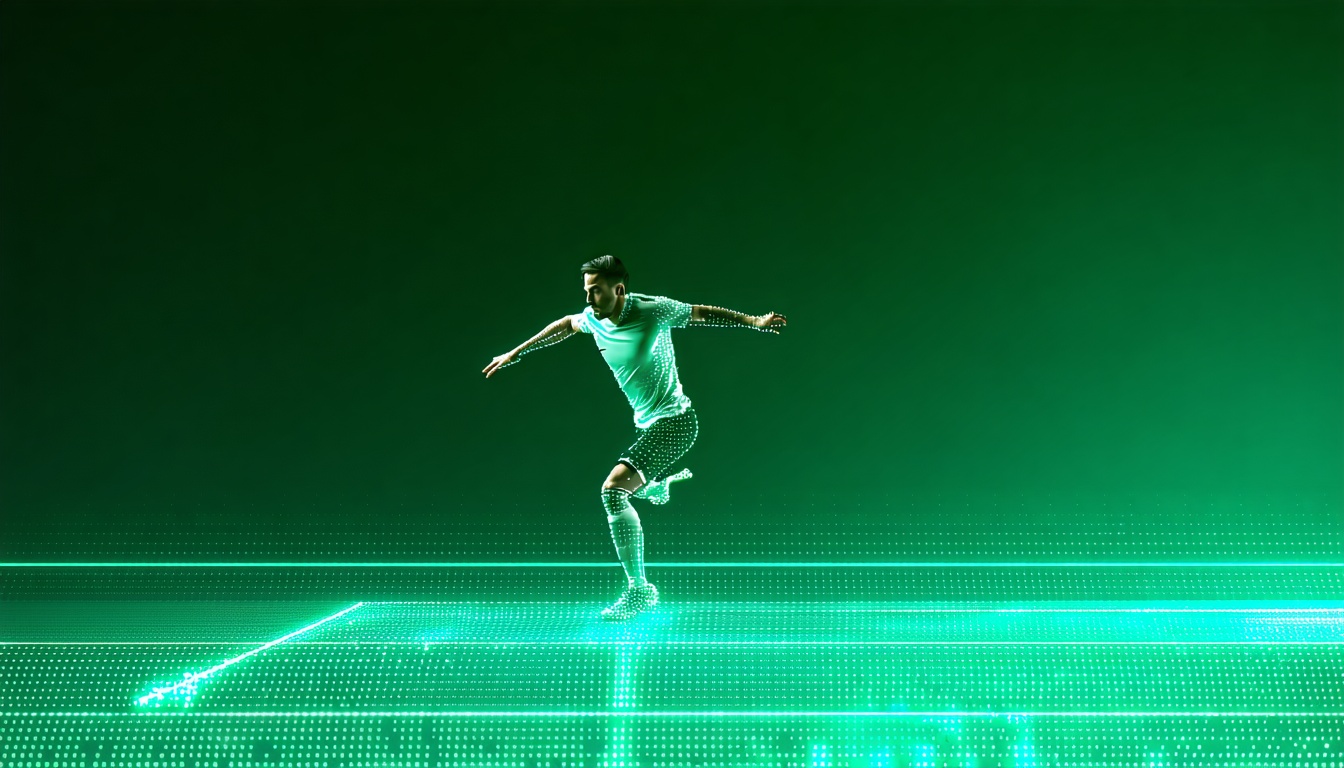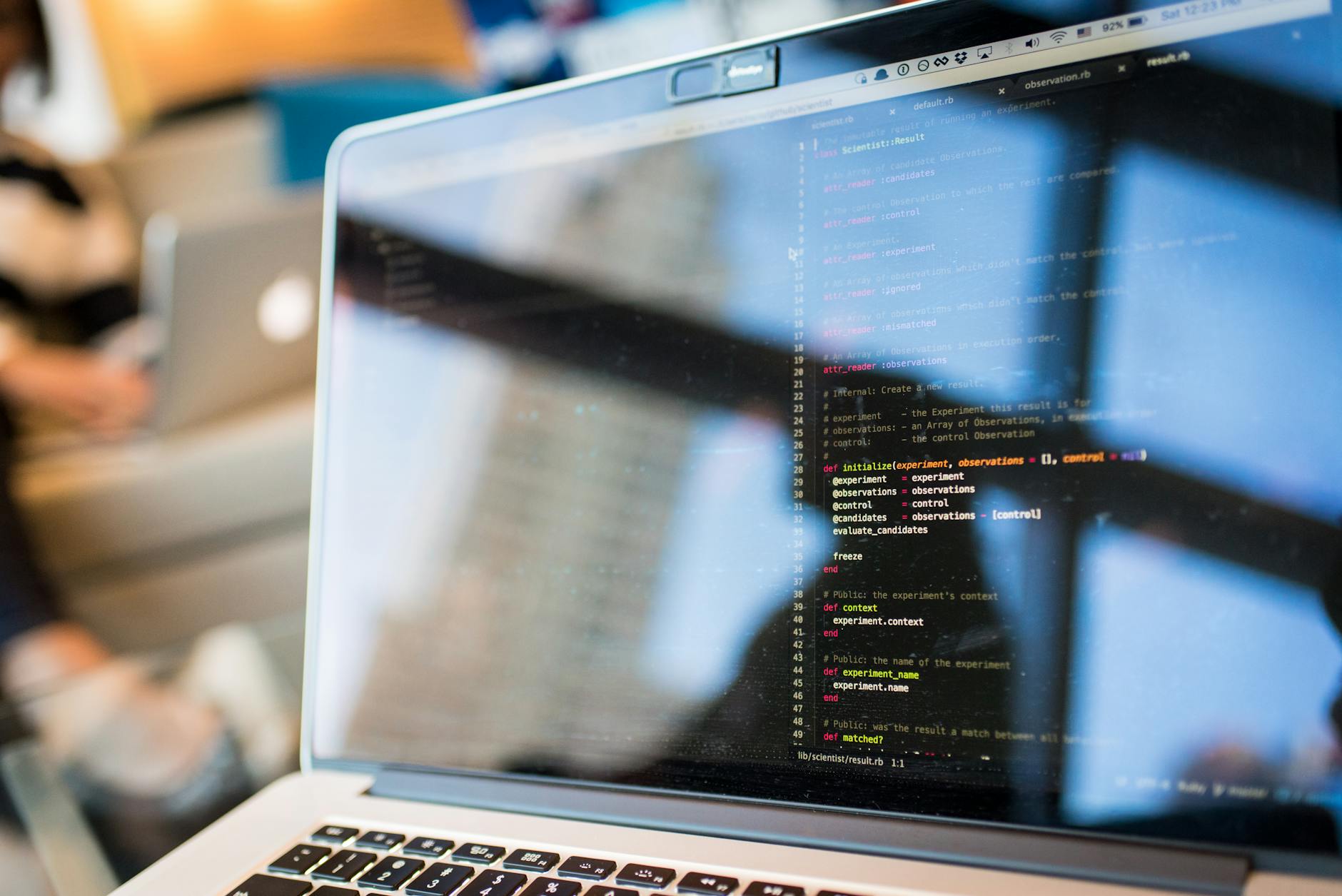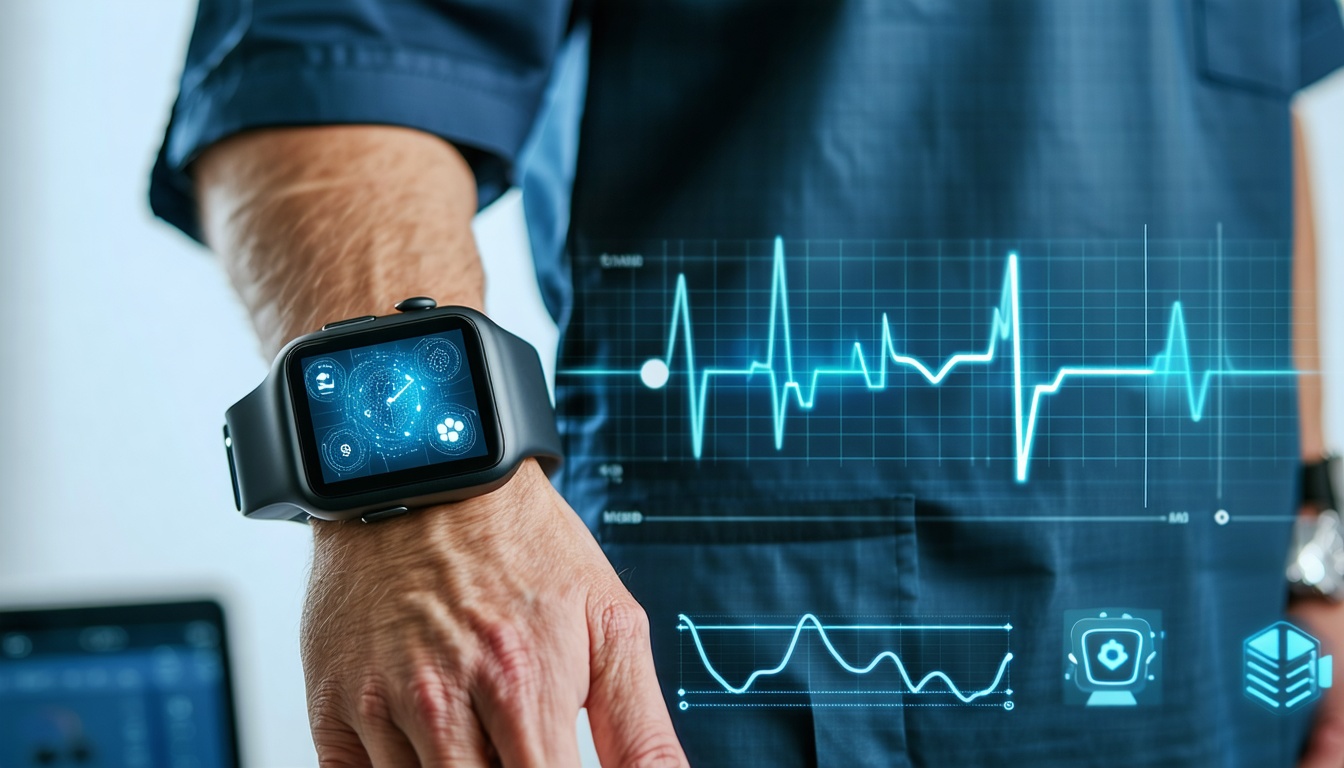AI-Powered Motion Analysis in Sports
The Evolution of Motion Tracking Technology
Motion tracking technology has undergone significant advancements over the years. Initially, traditional methods relied on manual observation and video analysis, which were time-consuming and often subjective. As technology progressed, motion capture systems emerged, utilizing cameras and sensors to track athletes’ movements more accurately.
The introduction of wearable motion tracking devices marked a pivotal moment in this evolution. These devices allowed for real-time data collection and analysis, providing athletes and coaches with valuable insights into performance metrics. The integration of artificial intelligence (AI) into motion tracking has further transformed the landscape, enabling more sophisticated analysis and interpretation of movement data.
| Year | Technology Development |
|---|---|
| 1990s | Manual observation and video analysis |
| 2000s | Motion capture systems with cameras and sensors |
| 2010s | Wearable motion tracking devices introduced |
| 2020s | AI integration for enhanced analysis |
Impact of AI in Redefining Sports Performance Analysis
The incorporation of AI into motion analysis has revolutionized how performance is evaluated in sports. AI algorithms can process vast amounts of data quickly, identifying patterns and trends that may not be visible to the human eye. This capability allows for more precise performance assessments and tailored training programs.
AI-powered motion analysis provides athletes with actionable insights, helping them to optimize their techniques and improve overall performance. Coaches can leverage this technology to make data-driven decisions, enhancing training effectiveness and athlete development. The ability to predict potential injuries through motion analysis also plays a crucial role in athlete safety and longevity.
| Benefit | Description |
|---|---|
| Enhanced Accuracy | AI algorithms analyze data with high precision, reducing human error. |
| Real-Time Feedback | Athletes receive immediate insights, allowing for quick adjustments. |
| Injury Prediction | AI identifies movement patterns that may lead to injuries, enabling preventive measures. |
| Personalized Training | Tailored programs based on individual performance data improve training outcomes. |
The advancements in AI-powered motion analysis in sports not only enhance performance but also contribute to the overall growth of the sports industry. For more information on the various applications of this technology, refer to our article on motion tracking technology in fitness.
Understanding AI-Powered Motion Analysis
AI-powered motion analysis is transforming the landscape of sports performance evaluation. By leveraging advanced algorithms and data processing capabilities, AI enhances the accuracy and efficiency of motion tracking technology.
How AI Enhances Motion Tracking
AI enhances motion tracking by utilizing machine learning algorithms to analyze vast amounts of data collected from various sources. This technology can identify patterns and make predictions based on the movements of athletes. Key features of AI-enhanced motion tracking include:
| Feature | Description |
|---|---|
| Real-Time Analysis | AI processes data instantly, providing immediate feedback to athletes and coaches. |
| Enhanced Accuracy | Machine learning algorithms improve the precision of motion detection and analysis. |
| Predictive Analytics | AI can forecast potential performance outcomes based on historical data. |
These advancements allow for a more comprehensive understanding of an athlete’s performance, enabling targeted improvements.
Benefits of AI-Powered Motion Analysis in Sports
The integration of AI in motion analysis offers numerous advantages for athletes, coaches, and sports organizations. Some of the key benefits include:
| Benefit | Description |
|---|---|
| Performance Optimization | AI identifies strengths and weaknesses, allowing for tailored training programs. |
| Injury Prevention | By analyzing movement patterns, AI can detect potential injury risks before they occur. |
| Data-Driven Decisions | Coaches can make informed decisions based on accurate data analysis rather than intuition. |
| Enhanced Training Efficiency | AI streamlines the training process, maximizing the effectiveness of each session. |
For more insights into how motion tracking technology is applied in fitness, refer to our article on motion tracking technology in fitness. The use of AI-powered motion analysis in sports is paving the way for innovative approaches to performance enhancement and athlete development.
Applications in Sports
AI-powered motion analysis is transforming various aspects of sports, providing valuable insights that enhance performance, prevent injuries, and identify talent. This section explores three key applications of this technology.
Performance Monitoring and Optimization
AI-driven motion analysis allows coaches and athletes to monitor performance metrics in real-time. By analyzing movement patterns, speed, and technique, athletes can receive immediate feedback to optimize their training regimens. This data-driven approach helps in identifying strengths and weaknesses, enabling tailored training programs.
| Performance Metric | Description | Importance |
|---|---|---|
| Speed | Measures the rate of movement | Essential for improving race times |
| Agility | Assesses quickness and coordination | Crucial for sports requiring rapid changes in direction |
| Technique | Evaluates form and execution | Key for maximizing efficiency and reducing injury risk |
For more information on how motion tracking technology is utilized in sports, refer to our article on motion capture technology in sports.
Injury Prevention and Rehabilitation
Injury prevention is a critical aspect of sports training. AI-powered motion analysis can identify risky movement patterns that may lead to injuries. By analyzing biomechanics, coaches can adjust training techniques to minimize the risk of injury. Additionally, this technology plays a vital role in rehabilitation, allowing therapists to monitor recovery progress and ensure athletes return to their sport safely.
| Injury Type | Common Causes | AI Analysis Benefits |
|---|---|---|
| Sprains | Poor technique, overexertion | Identifies risky movements |
| Strains | Muscle fatigue, improper warm-up | Monitors recovery and technique |
| Fractures | Impact, falls | Provides data for safe return to play |
For insights on wearable technology that aids in injury prevention, check out our article on wearable motion tracking devices.
Talent Identification and Development
AI-powered motion analysis is also instrumental in talent identification and development. By analyzing the movements of young athletes, coaches can spot potential talent early on. This technology provides objective data that can help in making informed decisions about training and development pathways.
| Talent Assessment Criteria | Description | AI Contribution |
|---|---|---|
| Skill Level | Evaluates current abilities | Provides data-driven insights |
| Growth Potential | Assesses future development | Identifies areas for improvement |
| Consistency | Measures performance over time | Tracks progress and trends |
For more on advanced solutions in motion tracking, visit our article on advanced motion tracking solutions.
AI-powered motion analysis is revolutionizing how sports performance is monitored, injuries are prevented, and talent is nurtured. By leveraging this technology, small business owners can create innovative solutions that enhance athletic performance and safety.
Challenges and Considerations
As AI-powered motion analysis continues to evolve in the sports industry, several challenges and considerations must be addressed to ensure effective implementation and utilization. These include data privacy and security, integration with existing systems, and the need for training and education.
Data Privacy and Security
The collection and analysis of motion data raise significant concerns regarding data privacy and security. Athletes’ performance data can be sensitive, and unauthorized access could lead to misuse or exploitation. Organizations must implement robust security measures to protect this data from breaches.
| Data Privacy Considerations | Description |
|---|---|
| Data Encryption | Ensures that data is secure during transmission and storage. |
| Access Control | Limits who can view and manipulate sensitive data. |
| Compliance | Adheres to regulations such as GDPR or HIPAA to protect personal information. |
Organizations should establish clear policies regarding data usage and ensure that athletes are informed about how their data will be used. For more insights on this topic, refer to our article on motion tracking technology in fitness.
Integration with Existing Systems
Integrating AI-powered motion analysis with existing systems can be complex. Many sports organizations already utilize various technologies for performance analysis, and ensuring compatibility is crucial for seamless operation.
| Integration Challenges | Description |
|---|---|
| Software Compatibility | Ensuring new AI solutions work with current software platforms. |
| Data Standardization | Creating uniform data formats for effective analysis across systems. |
| Workflow Disruption | Minimizing interruptions during the integration process. |
Successful integration requires careful planning and collaboration between technology providers and sports organizations. This ensures that the new systems enhance existing processes rather than complicate them. For advanced solutions in this area, check out our article on advanced motion tracking solutions.
Training and Education for Effective Implementation
To maximize the benefits of AI-powered motion analysis, proper training and education for staff and athletes are essential. Understanding how to use the technology effectively can significantly impact performance outcomes.
| Training Needs | Description |
|---|---|
| Technical Training | Educating staff on how to operate and maintain the technology. |
| Data Interpretation | Teaching users how to analyze and apply data insights for performance improvement. |
| Continuous Learning | Providing ongoing education to keep up with technological advancements. |
Organizations should invest in comprehensive training programs to ensure that all users are equipped with the necessary skills to leverage AI-powered motion analysis effectively. For more information on wearable technology, visit our article on wearable motion tracking devices.
Future Trends in AI-Powered Motion Analysis
The landscape of AI-powered motion analysis in sports is rapidly evolving. As technology advances, several key trends are emerging that will shape the future of performance analysis and athlete development.
Advancements in Machine Learning Algorithms
Machine learning algorithms are becoming increasingly sophisticated, allowing for more accurate and efficient analysis of motion data. These advancements enable the processing of vast amounts of data in real-time, providing coaches and athletes with immediate feedback on performance. Enhanced algorithms can identify patterns and anomalies in movement, leading to more precise assessments of technique and efficiency.
| Algorithm Type | Key Features | Potential Applications |
|---|---|---|
| Supervised Learning | Uses labeled data for training | Performance evaluation |
| Unsupervised Learning | Identifies patterns without labels | Injury risk assessment |
| Reinforcement Learning | Learns optimal actions through trial and error | Personalized training strategies |
For more insights into the technology behind motion analysis, refer to our article on motion capture technology in sports.
Integration of AI with Wearable Technology
The integration of AI with wearable technology is transforming how athletes monitor their performance. Wearable motion tracking devices are equipped with sensors that collect data on various metrics, such as speed, acceleration, and body positioning. AI algorithms analyze this data to provide actionable insights, helping athletes optimize their training regimens.
| Wearable Device Type | Key Features | Benefits |
|---|---|---|
| Smartwatches | Heart rate monitoring, GPS tracking | Real-time performance feedback |
| Fitness Trackers | Step counting, calorie tracking | Daily activity insights |
| Motion Sensors | 3D motion analysis | Detailed movement patterns |
For more information on wearable technology, check out our article on wearable motion tracking devices.
Potential for Personalized Training Programs
AI-powered motion analysis has the potential to revolutionize training programs by offering personalized recommendations tailored to individual athletes. By analyzing motion data, AI can identify strengths and weaknesses, allowing for customized training plans that address specific needs. This level of personalization can enhance performance and reduce the risk of injury.
| Training Program Component | AI Contribution | Expected Outcome |
|---|---|---|
| Technique Improvement | Analyzes movement patterns | Enhanced skill execution |
| Strength Training | Recommends exercises based on data | Increased strength and power |
| Recovery Protocols | Suggests rest and rehabilitation strategies | Faster recovery times |
For further exploration of advanced solutions in motion tracking, visit our article on advanced motion tracking solutions.
The future of AI-powered motion analysis in sports is bright, with continuous advancements paving the way for improved athlete performance and safety.
Looking to build something powerful for your business? At Kara Digital, we specialise in crafting high-performance solutions that drive real results. Whether you’re launching a cutting-edge mobile app or need a sleek, responsive website, our expert team is here to bring your ideas to life.











